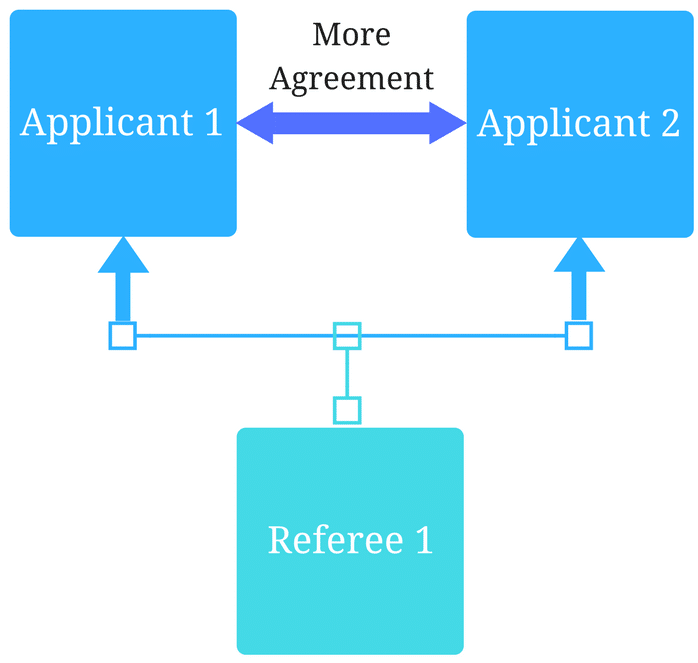Strengthening decision support in medical education – Part 2

March 1, 2021
In our last post on decision support in medical education, we saw how easy it is to fall back on our experience and intuition when making decisions, if the data to support those decisions isn’t readily available. We also saw how the right tool can provide decision support for common tasks such as preparing to meet with a student or reviewing student feedback on a course.
While the last post focused on the value of being able to explore your data, and the challenge of compiling data; in this post, we will examine how you can generate novel insights to support your decision when you combine data from different sources.
For example, what becomes possible when you combine admissions data with student performance data? What happens when advisors can see the performance of students they are coaching longitudinally across all four years of your curriculum?
Compare the performance of different student population segments using admissions data
As we began importing admissions data into Acuity Analytics, we had many conversations with our customers about how and when they use admissions data. Many institutions do not take advantage of admissions data beyond answering ad hoc questions about students and looking at the makeup of their student body for annual reports.
When we asked customers if they use their admissions data to compare the performance of students with different characteristics, most shared that they do some reporting in that vein, but that admissions data is notoriously difficult to collect, and even more difficult to combine with other sources of data such as grades and exams to be of much use on a regular basis.
In Analytics, the data from all of these sources are already collected in one place, and data from one source can readily be used to filter data from another source. For example, with a couple of clicks, you can compare the performance of students from one special admissions program to another, or to all of the students from a given entry year. Analytics allows you to segment students by many attributes, including military service, socio-economic background, age, and more. The only limit to your ability to segment is the data you have collected about your students.
This type of comparative analysis can help you determine if you are providing the necessary support to students who could benefit from them; if your pipeline programs are working the way you expect; or help you to predict how your students will perform based on past performance trends.
Improve mentorship and coaching
Another common case where data silos can make decision support difficult is in the divide between the systems that support pre-clinical and the systems that support clinical education. If your institution uses different tools to manage student experiences in pre-clinical and clinical education then you know how difficult it can be to get a longitudinal view of a student’s performance. You may not even have access to data coming from one of those systems or the other.
Without that longitudinal view, it is hard to identify or support students struggling with a given skill set because you can’t readily see whether a low score is a blip or part of an ongoing trend.
Analytics bridges that gap, giving your mentors, coaches, and advisors access to all of the data about how a student has performed.
Analytics lets you easily drill into performance across many dimensions, and view how many instances of low performance a student has accumulated over their entire academic career, or plot a student’s performance over time to see if they are improving, worsening, or flatlining.
The journey to Precision Medical Education
Precision Medical Education is predicated on the need to bring to bear all of the data necessary to make data informed decisions. That data comes from a constellation of tools and systems that do not talk to each other, and that are sometimes walled off from the people that could benefit from their contents.
Acuity Analytics removes those barriers and aligns the data from across those systems and tools to provide the decision support you need. When you take back control of your data, everyone at your organization benefits: administrators, educators, and especially learners.
Related Articles

How interviews could be misleading your admissions...
Most schools consider the interview an important portion of their admissions process, hence a considerable…
Reference letters in academic admissions: useful o...
Because of the lack of innovation, there are often few opportunities to examine current legacy…
